Kingdom Animalia Class Bivalvia Family Ostreidae Scientific name Crassostrea gasar | Phylum Mollusca Order Ostreoida Genus Crassostrea Rank Species | |
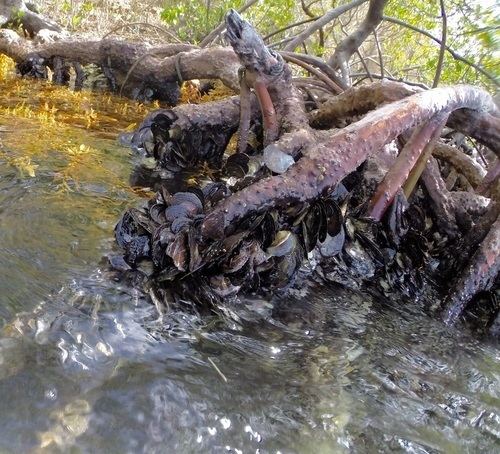 | ||
Similar Crassostrea rhizophorae, Crassostrea, Perkinsus, Portuguese oyster, Eastern oyster | ||
Biomop bio remediative mangrove oyster project
The mangrove oyster (Crassostrea gasar) is a true oyster in the Ostreidae family.
Contents
Habitat/distribution
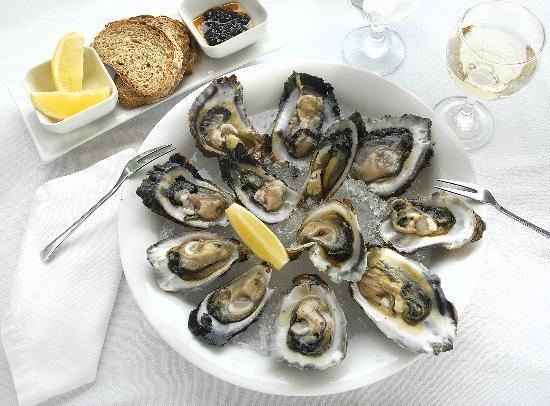
The mangrove oyster is found in tropical intertidal zones. It grows on the bark of the stilt sections of mangrove trees, which are exposed during low tides and covered during high tides. It can also be found on some other suitable intertidal substrates in its range. This oyster has evolved to survive exposed to the air during low tides. The mangrove oyster is found on Caribbean and Atlantic South American shorelines. and West African shorelines.
History and culture
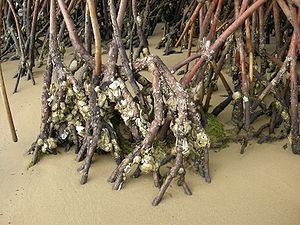
Sir Walter Raleigh, as part of an expedition to Guyana, famously encountered the mangrove oyster near Pitch Lake during his stopover in Trinidad. In his later account of this journey, Raleigh described the mangrove oyster as more delicious than the European oyster. Raleigh also cited Pliny and Andre Thevet's French Antartique as prior descriptions of mangrove oysters in European texts.
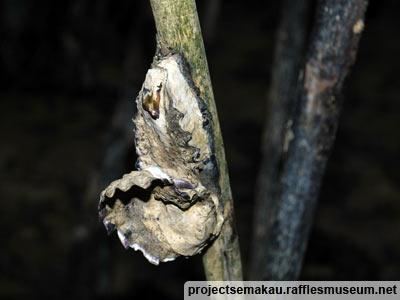
Raleigh's widely read account of the expedition, which had intended to find El Dorado, the mythical city of gold, included many exaggerated claims about the region. Due to this context, Raleigh's relatively accurate description of oysters growing on tree branches has been met with incredulity by generations of readers.
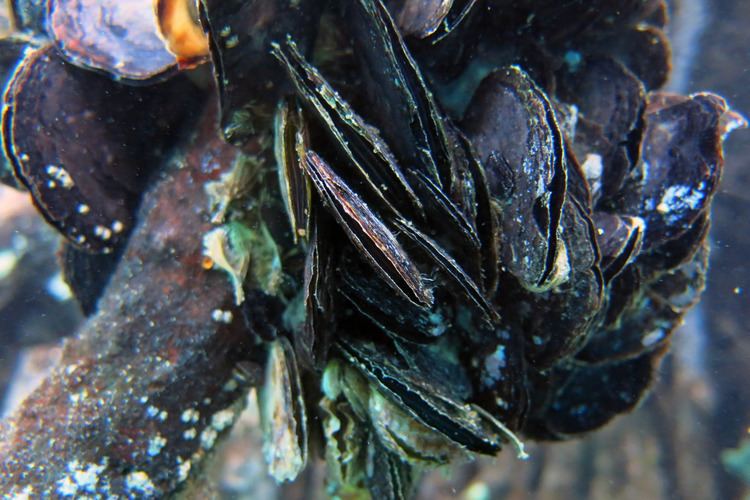
Mangrove oysters are eaten in Trinidad and Tobago as part of the traditional cuisine, in many cases on the halfshell or in a cocktail, with a tomato ketchup-based sauce flavoured with culantro and hot peppers.
